5 Questions with Murray Fox, MD CEO, Premier Patient Network
Murray Fox, MD is the newly appointed president and CEO of Premier Patient Network, a Texas-based physician alliance created from the merger earlier this month between Premier Patient Health Care and Patient Physician Network.

What was the impetus for creating the Premier Patient Network? Do you foresee expanding beyond the Dallas-Fort Worth area?
Simply put, we are two organizations (Patient Physician Network and Premier Patient Healthcare ACO) representing independent physicians with complementary strengths and needs. The Patient Physician Network has strength in commercial healthcare contracts. The Premier Patient Network ACO has strength in the Medicare Shared Savings Program and technology designed for a value-based environment. By joining together, independent physicians now have a support infrastructure enabling them to thrive in a value-based environment.
With regard to our location, at this time we are focused on getting our physicians ready to participate in the changing environment. We believe that we represent a large number of physicians who wish to remain independent who belong to physician organizations similar to ours. If we are successful and may be of assistance to others, we welcome that opportunity.
As CEO, what will be your biggest job in getting Premier Patient Network off the ground?
Communication! Communication with the physician members, the payers, and employers. Physicians are very busy people. Achieving movement with physicians has been likened to herding cats. Dealing in the commercial space is different than dealing in the Medicare space. Rules and regulations are different for independent, non-financially integrated physicians in the commercial space. In addition, significant communication will be required for physicians not accustomed to the value-based payment system. The team concept with patient care coordinators and more efficient use of physician office personnel will also require physician adjustment.
Payers are also very busy trying to keep their members happy and saving money while maintaining quality healthcare. Patient Physician Network has long been known for very high quality scores and cost efficiency. Premier has demonstrated both in the Medicare Shared Savings Program. Helping payers embrace the new Premier Patient Network entity will take time. The employers have the hardest time because of the demographics of their employees. It is very difficult for one physician group to satisfy all of the needs of a given employer owing to the large area of the employee footprint.
How will technology impact the work of the Premier Patient Network in assisting independent physicians to keep up with today’s changing business/reimbursement models?
Approximately 5 percent of a patient population is responsible for 60 percent of the cost. Our technology is new but already proven. It is a critical tool in supporting physicians to more effectively manage patient populations to deliver the highest quality care at the lowest possible cost while appropriately prioritizing resources to sicker and over-utilizing patients. Participating physicians will now have timely information at their fingertips, providing insights on who needs care and how to demonstrate the delivery of that quality to payers so they are appropriately compensated for providing it.
What are the biggest IT challenges faced by physicians within the Premier Patient Network? How will its operating model assist them in keeping up with Meaningful Use, transitioning to ICD-10, etc.?
Disparity. With over 800 physicians in more than 400 offices with numerous different EHR and PM software programs, connecting all of the physicians is a very large and costly task. Clinical Pathology Laboratories has had to solve this problem in order to communicate with their physician clients. They are a partner in providing this connectivity.
Regarding Meaningful use and ICD – 10 preparations, although the independent physician offices are ultimately responsible for their preparation and participation, Premier Patient Network has provided in-service and webinar information to help prepare for the changes.
Have you/will you enter into any partnerships with local health systems or payers, especially regarding utilization of healthcare IT to increase access to care and improve outcomes?
We will look to the health plans for single source data dumps. We have proprietary software to analyze and present the data to the physicians to ensure access, quality and cost efficiencies.
We have relationships with ancillary providers to accept the responsibility for the total continuum of care including pharmacy, home healthcare, radiology, and laboratory. We continue developing relationships with hospitals under our contracts as downstream providers and partners.
Contacts
Jennifer, Mr. H, Lorre, Dr. Jayne, Dr. Gregg, Lt. Dan
More news: HIStalk, HIStalk Connect.
Get HIStalk Practice updates.
Contact us online.
Become a sponsor.


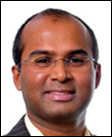

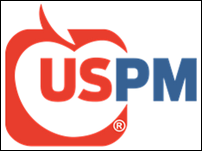

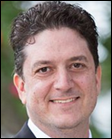

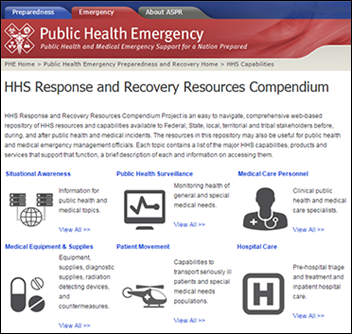









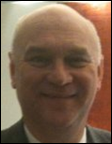


The article about Pediatric Associates in CA has a nugget with a potentially outsized impact: the implication that VFC vaccines…